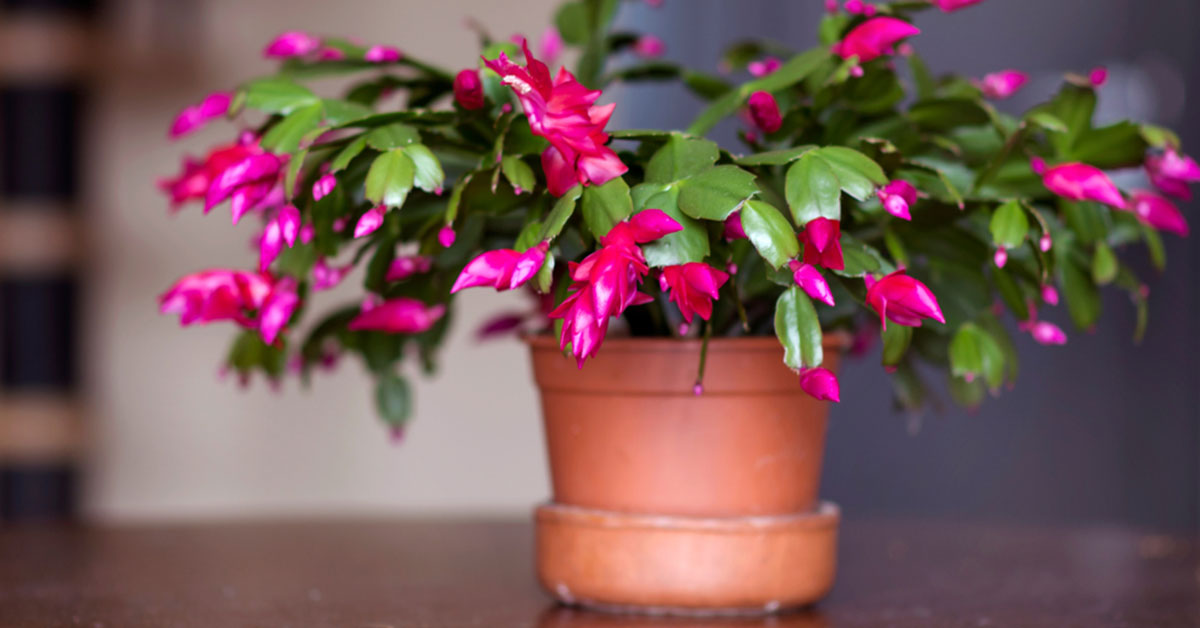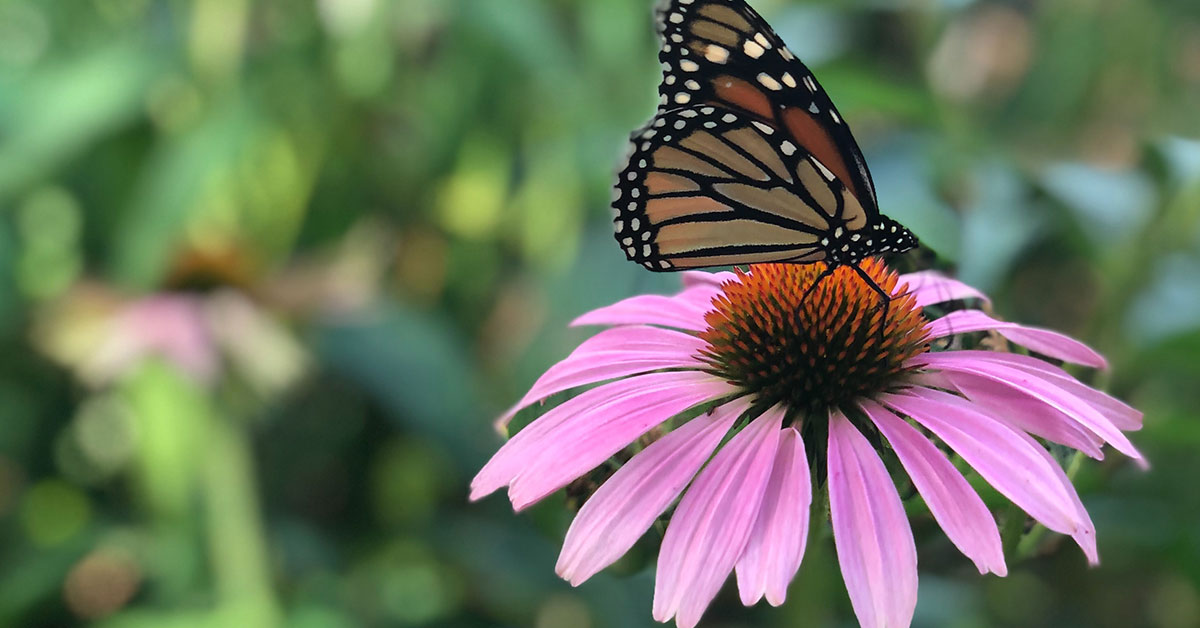We’ve all felt the magic of a home adorned with holiday decorations—twinkling lights, festive ornaments, and the enchanting scent of seasonal treats filling the air. But among the quintessential holiday décor, few plants capture the spirit of the season as beautifully as the Christmas cactus. With its vibrant, show-stopping blooms, this succulent offers a burst of color just when the days seem at their darkest. However, getting your Christmas cactus to bloom with the holiday season can sometimes feel like a horticultural enigma.
Is your Christmas cactus stubbornly withholding its blossoms year after year? Do you wonder what secrets lie behind coaxing those fabulous flowers out of their hiding? If you’ve tried to sync the blooming schedule of your Christmas cactus with your holiday plans but found it an elusive task, this article is for you. We’ll demystify the factors that lead to successful blooming and guide you through a tried-and-true method for timely, radiant flowers. Let’s turn that shy succulent into the life of the holiday party!
How to get your Christmas Cactus to bloom
If you own a Christmas cactus, you know how enchanting those winter blooms can be. These succulent plants, native to Brazilian rainforests, can add a vibrant splash of color just when the days are at their shortest. However, getting your Christmas cactus to bloom can sometimes feel like a mystery. No worries—read on for a comprehensive guide on coaxing those fabulous flowers from your plant.
1. Temperature Regulation
Begin by reducing the temperature slightly. Christmas cacti prefer cooler temperatures leading up to their bloom time, ideally between 55-65°F (13-18°C).
2. Limit Light Exposure
The Christmas cactus requires a period of darkness to set buds. Give your plant 12-14 hours of darkness each day for about 6 weeks, starting around late September or early October. Simply covering the plant with a cloth or placing it in a dark room can be effective.
3. Watering Schedule
During the darkness period, reduce watering. You don’t want to let the plant completely dry out, but cut back enough to let the top inch of soil to become dry to the touch. Once buds appear, resume your normal watering.
4. Optimal Feeding
Use a balanced, all-purpose fertilizer to nourish your plant. However, cease fertilization about a month before you anticipate blooms; this encourages the plant to focus its energy on flowering.
5. Humidity Matters
Being native to rainforests, Christmas cacti appreciate higher humidity. If your indoor air is dry, consider placing a humidity tray underneath the pot, or periodically misting the plant.
6. Pruning
A good pruning after the blooming cycle can encourage a bushier plant and more blooms in the subsequent year. Be sure to remove only the segments at the end of each stem.
7. Watch for Pests
Check occasionally for signs of aphids or other pests, as these can inhibit blooming. Treat any infestations with insecticidal soap or neem oil, making sure to follow product guidelines.
8. Repotting
A snug pot encourages blooming, but if your Christmas cactus has clearly outgrown its pot or if the soil has become too acidic, repotting into a slightly larger container with fresh, well-draining soil can give it the room it needs to flourish.
9. Be Patient
Sometimes, despite your best efforts, plants have their own timelines. Stress or age can affect the blooming cycle, so don’t be discouraged if it takes a season or two to get it right.
By following these tips, you can set the stage for your Christmas cactus to produce its spectacular blooms, right on time for the holiday season.
Why isn’t my Christmas cactus blooming?
The disappointment is palpable. Your Christmas cactus sits there, healthy in all other respects but mysteriously lacking those dazzling blooms you were so looking forward to. You might be scratching your head, wondering what went wrong. But before you declare yourself a failed plant parent, let’s delve into the possible reasons your Christmas cactus is withholding its floral beauty.
1. Light Conditions
Christmas cacti require specific light conditions to set buds. Too much direct light or inconsistent dark/light cycles can throw off its blooming.
2. Temperature Fluctuations
These plants like cooler temperatures leading up to their bloom time. If your home is consistently warm, this might discourage flowering.
3. Inconsistent Watering
Both overwatering and underwatering can be detrimental. The plant needs a somewhat drier period before blooming, followed by regular watering once buds appear.
4. Lack of Nutrients
Though not heavy feeders, a complete lack of nutrients can stifle blooming. Use a balanced fertilizer, but avoid over-fertilizing, especially close to the expected bloom period.
5. Inadequate Humidity
These cacti are native to Brazilian rainforests and appreciate higher humidity. Dry indoor air can discourage blooming.
6. Incorrect Pot Size
A pot that is too large for the plant can lead to root growth at the expense of blooms. Christmas cacti like to be somewhat root-bound to flower best.
7. Stress or Shock
Recent repotting, drastic changes in light or temperature, or a pest attack can all stress the plant, affecting its ability to bloom.
8. Natural Cycles
If your plant is young, it may not be mature enough to flower. Likewise, older plants may have reduced or more erratic blooming.
9. Variety Differences
Different Schlumbergera hybrids (the genus to which Christmas cacti belong) have different blooming patterns. Ensure you have a Christmas cactus, not an Easter or Thanksgiving cactus, which have different bloom times.
10. Unseen Pests or Diseases
Aphids, root rot, or other subtle diseases can sap the plant’s energy, preventing it from flowering.
If you’re facing a bloom-less Christmas cactus, don’t lose heart. Identifying the issue is the first step toward a solution. With some careful adjustments to its care, you can set the stage for a spectacular floral display in seasons to come. Rest assured, a blooming Christmas cactus is an achievable goal, and the journey to get there can be as rewarding as the destination.













